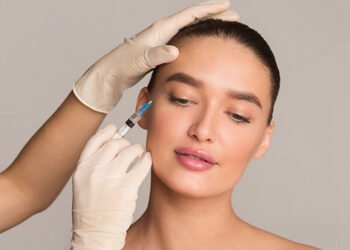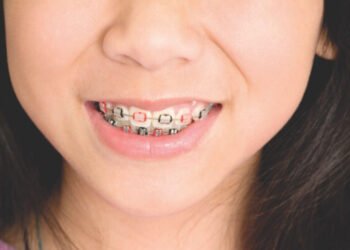Photodamage happens when UV light makes your skin look older. This can cause sun spots, loss of elasticity, and wrinkles. The signs of sunlight aging show up over time. Sometimes, UV light causes serious skin changes like cancer.
This article will explore the science behind how UV radiation causes wrinkles and age spots, and will offer strategies to prevent these effects through proper skincare.
Biological Impact of UV Radiation on Skin & How Does It Promote Photodamage?
According to skin science, ultraviolet (UV) radiation changes the DNA in your skin, leading to premature aging.
As you know, UV light comes from the sun. No doubt, a little bit of UV promotes vitamin D in the body. However, excessive UV light harms your skin and causes visible changes. This happens because of oxidation (the process of cell repair).
But when cells face extra oxidative stress, their DNA gets damaged. This phenomenon affects reproduction and working cells.
When it comes to skin cells, this stress causes a loss of elasticity because UV radiation breaks down elastin fibers, which support skin structure. Plus, UV damage can also cause rough skin, uneven skin tone, redness, and visible blood vessels. But mineral-based daily screen can reflect UV light off the skin instead of absorbing it. Remember one important thing, you must consider factors such as SPF, ingredients, and water resistance before choosing sunscreen.
What Are Common Signs of Photodamage?
There are the following common signs of photodamage:
- Loss of skin elasticity (It occurs in sun-exposed areas of skin)
- Broken capillaries on nose
- Fine lines and wrinkles around mouth and eyes
- Actinic keratosis (red and rough spots)
- Discoloration of the skin (colored patches, age spots, etc )
- Uneven skin color
- Thinning of skin
7 Tips to Prevent Photodamage Signs
Use Sunscreen Daily
Sunscreen protects the skin from the ultraviolet (UV) rays. It absorbs or reflects these harmful rays and safeguards your skin. You must apply and reapply every two hours especially when you’re in the sun. Plus, you must choose a sunscreen with at least SPF 30.
Consider Retinol
Retinol or Vitamin A1 treats early signs of sun damage. It encourages skin cell renewal and stimulates collagen, which keeps the skin firm. They’re the best for fine lines, wrinkles, age spots, and roughness.
Vitamin C Products
Vitamin C slows down the aging process by promoting collagen production. It fights against free radicals’ damage that occurs due to UV light.
Antioxidant Serums
These serums protect your skin from environmental damage. It also improves the effectiveness of your SPF sunscreen.
AHA Exfoliant
This fades dark spots and dry skin, making your skin tone more even and glow.
Wear Hat
You can use wide-brimmed hats to cover your skin. Plus, you should wear clothes that protect sun-prone areas like your shoulders and back.
Change Your Lifestyle
You should make choices that prevent sun damage. For instance, you should avoid tanning beds and sunbathing. You can use self-tanners for a bronzed look. You also need to stay in the shade. Plus, you must keep hydrated and eat a balanced diet rich in antioxidants.
Final Word
As people get older, their skin naturally ages. However, sunlight speeds up this process and causes damage, leading to sun spots, loose skin, broken capillaries, and wrinkles. So, you must protect your skin. In this article, we have discussed the science behind sun-induced skin problems with preventive measures. Treatments like applying daily sunscreen, vitamin C products, and retinoids can help reduce signs of sun damage. You can also talk to a dermatologist to find out which treatment is best for you.












